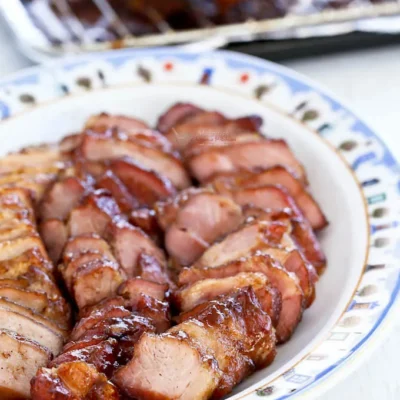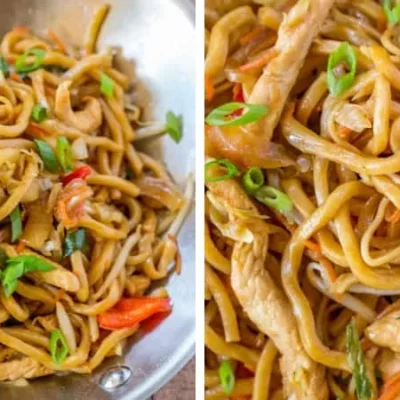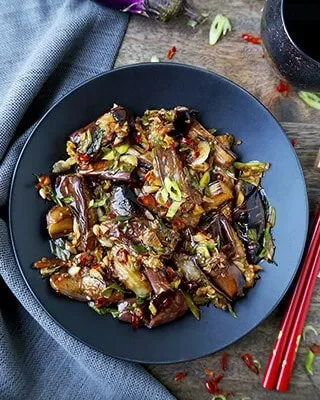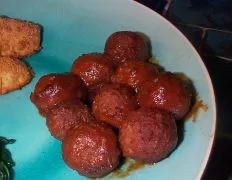Ingredients
-
1/2
-
1/2
-
1/2
-
3/4
-
2
-
1/2
-
2
-
1/2
-
5
-
1/2
-
-
-
-
-
Directions
Hot and Sour Soup (Betty Foo; Hunan Restaurant), This is the recipe as taught in the Main Line School Night [winter, 2005] class on Regional Chinese Cooking by Betty Foo, chef & co-owner of the Hunan Restaurant in Ardmore, PA. Betty and her husband are from Hunan and have returned to visit, so the recipe is authentic to the region, both by family history, by recent comparison, and by my own review of Chinese regional cookbooks. Originally a Sichuan regional specialty, hot and sour soup has become a staple at every chinese restaurant, no matter what regional style they claim as a specialty. Clearly, as with many soups, individual variations are easy and can vary the flavor considerably. One of the ways I judge any chinese restaurant the first time I eat there is by the quality of their hot and sour soup … this one is superb! To make a kosher meat version, replace the pork with (kosher) chicken or turkey and replace the broth with a kosher broth (watch the salt if you use a commercial broth). To make a vegetarian version, use a vegetable broth and add a variety of sliced fresh mushrooms (e.g., shiitake, oyster). To make it vegan, use the above substitutions for vegetarian and skip the eggs. Recipe makes about 48 oz of soup, so you can serve 4 @ 12 oz or 6 @ 8 oz. October 2008 — addendum. Thanks to all the fellow recipezaar foodies who have tried this recipe … there have been two major issues raised: the amount of vinegar and the spiciness. Re the vinegar, I went back and asked Betty Foo about the white distilled vs rice vinegar. So far as she knows, both are the same acidity (5%, marked on the bottle) and while the taste is different (the rice vinegar provides a more subtle flavor), they should be equivalent. She noted that rice vinegar comes in a seasoned and unseasoned version (for Marukan, look at the label and the cap color to see the difference), but this shouldn’t affect the acidity the vinegar provides. I’ll make versions with both vinegars and update this note with some recommendations if I taste a significant difference. Re the spiciness, as noted, this soup comes from Sichuan, known for its love of spiciness. It may be more than you are used to, so by all means, feel free to adjust the pepper components (and other components) to your taste. Also, re substituting fresh mushrooms for the dried, you should know that the dried mushrooms tend to give a more intense and woodsy flavor than fresh … the opposite of the situation with fresh herbs vs dried. Don’t be surprised if you prefer the recipe done with dried mushrooms! Re the ginger, it should be added at step 11, with other spices. It adds to the hot flavor by infusing the broth and the pieces add to the texture. You could, if you wanted to increase the hot of the pepper and the crunch of the veggies, divide the ginger and add some at the end as a garnish. I prefer not to, simply because I prefer the hot and sour components to be more of a blended flavor …
Discover ground-breaking new supplements! SHOP & SAVE
Steps
|
1
Done
|
Clean the Dried Day Lilies, Soak Them in Warm Water For About 20 Minutes. |
|
2
Done
|
Cut Off the Hard, Tough Tip of the Stem and Then Cut the Day Lilies in Half Lengthwise. |
|
3
Done
|
Clean and Soak the Wood Ear Mushrooms in Warm Water For About 20 Minutes, Then Cut Into Small Pieces. to Clean, Just Wipe With a Damp Cloth -- Don't Soak or Wash! |
|
4
Done
|
Bring the Chicken Broth to a Boil and Then Add the Pork (or Vegetarian Alternative -- See Below), Skimming the Surface of Any Fat. |
|
5
Done
|
Cook the Pork For 3-4 Minutes, Until the Broth Comes to a Boil Again. |
|
6
Done
|
Add the Tofu, Mushroom Pieces, Bamboo Shoots, and Day Lilies. |
|
7
Done
|
Let the Pot Return to a Boil, Then Reduce Heat to Maintain a Low Boil. |
|
8
Done
|
Add the Soy Sauce, Spices, Vinegar, Salt and Sugar. |
|
9
Done
|
Taste the Soup, Adjusting the Vinegar (you May Need to Modify Up or Down by an Ounce) For the "sour" and Salt For Balance. |
|
10
Done
|
Mix the Corn Starch and Water to Create a Paste For Thickening. |











